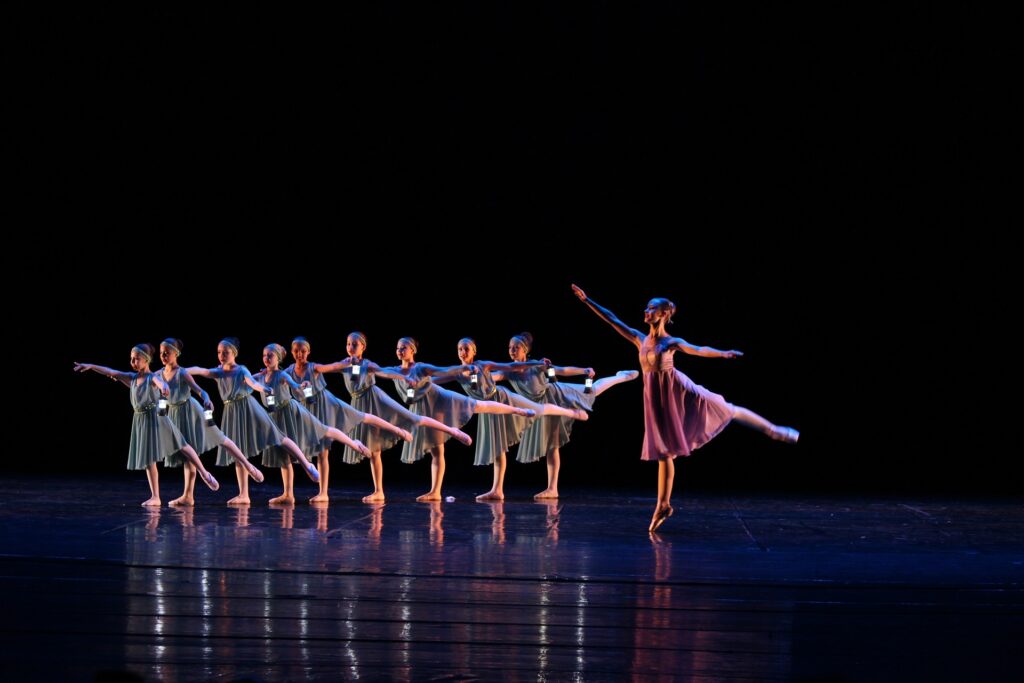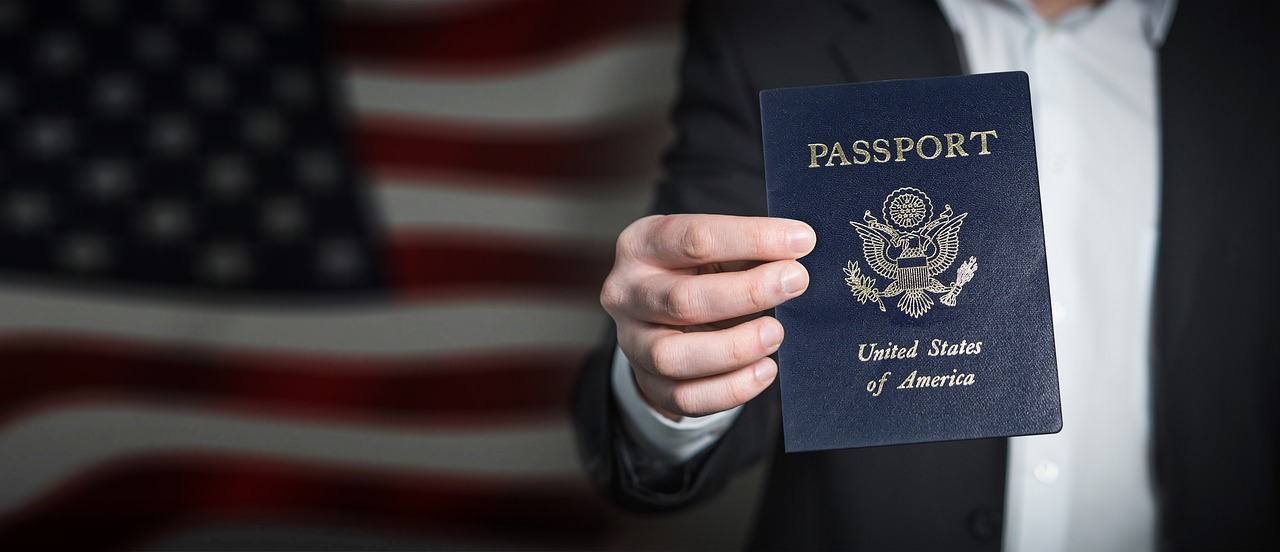Introduction
The pursuit of artistic endeavors often transcends borders, drawing talented individuals from around the world to showcase their creativity on international platforms. For artists and entertainers seeking to bring their talents to the United States, the EB-1A visa offers a pathway to permanent residency based on extraordinary ability. In this article, we’ll explore strategies tailored to artists and performers navigating the EB-1A visa process, empowering them to present their exceptional talents and secure their place on the global stage. Get to know also real case studies of a few clients.
Please remember that this article does not provide any legal advice and if you would like to discuss your immigration situation, please speak with the immigration attorney. If you would like to speak with our lawyer, please contact us here and our customer care representative will be happy to arrange a call for you with the attorney.
Mastering the EB-1A Visa Green Card Application
The EB-1A visa, commonly referred to as the “Extraordinary Ability” visa or a green card, offers a unique pathway to permanent residency in the United States for individuals who have demonstrated exceptional talent and achievements in their respective fields, including the arts, sciences, education, business, and athletics. For artists and performers, this visa category presents an unparalleled opportunity to establish permanent residency in the U.S. based on their extraordinary talents and outstanding achievement to their artistic disciplines.
To successfully navigate the EB-1A visa petition process as an artist or performer, it is imperative to effectively promote your extraordinary abilities. According to the U.S. Citizenship and Immigration Services (USCIS) here are some key strategies to consider:
- Documenting Extraordinary Abilities: Gathering compelling evidence of your extraordinary abilities is paramount for a successful EB-1A visa application. This evidence may include prestigious awards, critical acclaim from reputable sources, international recognition, significant contributions to your artistic discipline, and other forms of recognition that highlight your exceptional talent and impact in your field.
- Highlighting International Acclaim: Emphasize any international recognition or achievements in your field to underscore the global significance of your work. Provide evidence of your participation in renowned international events, exhibitions, performances, collaborations with international artists, or other endeavors that demonstrate your influence and relevance on a global scale.
- Crafting a Compelling Narrative: Crafting a compelling narrative of your artistic journey is essential for capturing the attention of immigration authorities and demonstrating the depth of your exceptional abilities. Highlight key milestones, challenges overcome, and future aspirations in your artistic career. Articulate how your artistic vision aligns with the cultural landscape of the United States and contributes to its artistic diversity and enrichment. By conveying a clear and compelling story, you can effectively showcase the unique value you bring to the U.S. arts community and society as a whole.
- Building a Strong Portfolio: Invest time in curating a comprehensive portfolio that demonstrates your artistic achievements, including samples of your work, exhibition catalogs, press clippings, and testimonials from industry professionals. A visually appealing and well-documented portfolio can strengthen your EB-1A visa application and provide tangible evidence of your extraordinary abilities.
- Seeking Expert Guidance: Consider seeking guidance from experienced immigration attorneys specializing in artist visas. An attorney can provide valuable insights into the EB-1A visa application process, help you navigate complex legal requirements, and ensure that your application is thorough and compelling.
- Understanding Visa Requirements: Take the time to familiarize yourself with the specific requirements and criteria for the EB-1A visa category. This includes understanding the definition of “extraordinary ability” as it pertains to artists and performers, as well as the types of evidence that immigration authorities look for when evaluating visa applications.
- Demonstrating Continued Impact: Highlight your ongoing contributions to your artistic discipline and demonstrate how you continue to make a meaningful impact in your field. Whether it’s through new artistic projects, collaborations, or innovative approaches to your craft, showcasing your continued growth and relevance can strengthen your EB-1A visa application.
How to Demonstrate Your Extraordinary Abilities for the EB-1A Visa as an Artist?
Effectively presenting your extraordinary abilities as an artist is crucial for a successful EB-1A visa application. To ensure that your talents and achievements are showcased effectively, consider implementing the following strategies:
- Compile a Comprehensive Portfolio: Create a portfolio that provides a comprehensive overview of your artistic journey and accomplishments. Include samples of your work across various mediums, such as paintings, sculptures, installations, performances, or recordings, to demonstrate your versatility and expertise. Additionally, incorporate documentation of your participation in exhibitions, art fairs, festivals, and other notable events to highlight the breadth and depth of your artistic impact.
- Provide Evidence of Critical Acclaim: Include evidence of critical acclaim to strengthen your EB-1A visa application. This may consist of favorable reviews or critiques from respected art critics and publications, awards and honors from prestigious institutions or organizations within your artistic discipline, and endorsements from fellow artists or industry professionals who recognize the significance of your contributions. By showcasing recognition from respected authorities in the art world, you can establish the credibility and value of your artistic achievements.
- Demonstrate Continued Contributions: Highlight your ongoing contributions to your artistic discipline to underscore your sustained relevance and impact. This could involve showcasing upcoming projects, collaborations with other artists or organizations, or participation in residencies, workshops, or educational programs. By illustrating your commitment to advancing your craft and engaging with the artistic community, you can reinforce the narrative of your extraordinary abilities and emphasize your potential for continued success in the United States.
Continued Contributions: Demonstrating Ongoing Relevance in Your Artistic Field
As an artist, maintaining relevance and continued contributions to your artistic field is essential for a successful EB-1A visa application. Here are few more strategies to effectively demonstrate your ongoing significance:
- Upcoming Projects and Collaborations: Highlight any upcoming projects, collaborations, or performances to showcase your active involvement in your artistic discipline. This demonstrates your ongoing commitment to advancing your craft and contributing to the cultural landscape.
- Recent Achievements and Recognitions: Provide evidence of any recent achievements or recognitions in your field, such as nationally or internationally recognized prizes, grants, or invitations to prestigious events. These accomplishments underscore your continued impact and relevance within the artistic community.
- Innovative Approaches and Contributions: Show off any innovative approaches or contributions you’ve made to your artistic discipline. Whether it’s experimenting with new techniques, exploring unconventional themes, or pushing the boundaries of your medium, these endeavors highlight your ongoing creativity and ingenuity.
- Community Engagement and Leadership: Demonstrate your engagement with the artistic community through leadership roles, mentorship programs, or involvement in arts organizations. Your active participation and contributions to the development of emerging artists further solidify your status as a respected figure in your field.
By emphasizing your continued contributions and involvement in your artistic discipline, you paint a compelling picture of your ongoing relevance and significance, strengthening your EB-1A visa application.

Examples of EB-1A Visa Success Stories: Artists and Performers
Success stories of artists and performers who have successfully obtained EB-1A visas inspire those navigating the application process. Here, we share profiles of individuals who would qualify for the EB-1A application. Please note that these are fictional stories.
1. Lina, a Pioneering Choreographer from France: Lina, a visionary choreographer from France, revolutionized contemporary dance with her innovative approach and boundary-pushing performances. Her avant-garde productions garnered widespread acclaim across Europe, earning her numerous awards and accolades. Determined to bring her artistry to a global audience, Lina first obtained an O-1 visa to work in the United States. After establishing herself and continuing to excel in her field, she applied for an EB-1A visa to pursue permanent residency. With an impressive portfolio showcasing her trailblazing choreography and international recognition, Lina successfully obtained the EB-1A visa, allowing her to establish a dance company in New York City.
2. The case of Santiago, a resilient street artist from Argentina, is very interesting and shows that determination and a well-documented petition, even when submitted two times, pay off.
Santiago, a talented street artist, faced numerous challenges on his journey to obtaining an EB-1A visa. Despite his extraordinary talent and significant contributions to the street art scene in Buenos Aires, Santiago initially received a Request for Evidence (RFE) from the U.S. Citizenship and Immigration Services (USCIS) in response to his EB-1A petition. The RFE questioned the sufficiency of evidence regarding the international recognition of Santiago’s work and the impact of his art on the global art community.
Undeterred by the setback, Santiago embarked on an intensive effort to strengthen his EB-1A petition. He enlisted the help of immigration attorney and sought guidance from mentors in the art world. Santiago meticulously compiled additional evidence of his artistic achievements, including documentation of his participation in international street art festivals, collaborations with renowned artists from around the world, and press coverage of his work in leading art publications.
With a revised and comprehensive EB-1A petition addressing the concerns raised in the RFE, Santiago responded to the RFE. Despite the initial challenges, Santiago’s perseverance and dedication to his craft ultimately paid off. His second EB-1A petition was approved, granting him the opportunity to pursue his artistic aspirations in the United States.
Since obtaining the EB-1A visa, Santiago has continued to make waves in the street art community, leaving his mark on cities across the country with his vibrant and thought-provoking murals. His journey serves as a testament to the resilience of artists in the face of adversity and the transformative potential of the EB-1A visa for individuals with extraordinary abilities.
3. Elena, a talented opera singer from Italy, mesmerized audiences with her amazing voice and captivating stage presence. Her performances in top opera houses across Europe made her one of the most talented sopranos of her time. Previously working in the United States on an H-1B visa, Elena wanted to keep growing her career on the international stage.
Determined to find new opportunities in America, Elena applied for an EB-1A visa. With her impressive performances and great reviews from opera critics, Elena got the EB-1A visa, which allowed her to expand her artistic career. She debuted at the Metropolitan Opera in New York City, where she wowed audiences with her high notes and earned fantastic reviews for her iconic opera roles.
Elena’s story shows how EB-1A visas can change artists’ lives, opening doors for them to develop their talent and make a lasting impact on the global stage.
These success stories demonstrate that with dedication, talent, and the right strategy and support of experienced immigration attorneys, artists and performers from all corners of the globe can realize their dreams of establishing themselves in the United States and making a lasting impact on the cultural landscape.
Conclusion
For artists and performers with extraordinary abilities, the EB-1A visa provides a promising pathway to permanent residency in the United States. By mastering the application process and effectively showcasing their talents and achievements, artists and performers can secure their place on the global stage and contribute to the vibrant cultural landscape of the United States. With the right strategies and determination, the EB-1A visa can pave the way for a bright and promising future in the world of the arts.
If you are interested in determining your eligibility for the EB-1A kindly complete this free brief screening, and our team of attorneys will carefully review your accomplishments.
FAQ
Are there differences in the requirements for different artistic fields when applying for the EB-1A visa?
Yes, there may be differences in the requirements for different artistic fields when applying for the EB-1A visa. While the general criteria for demonstrating extraordinary ability remain consistent across all disciplines, the types of evidence and achievements that are considered compelling may vary depending on the specific artistic field. For example, a visual artist may focus on prestigious exhibitions, awards, and critical acclaim, while a musician may emphasize performances at renowned venues, collaborations with notable musicians, and critical reviews of their work. Similarly, a dancer may highlight leading roles in prestigious productions, international tours, and recognition from dance critics and organizations. It’s essential for applicants to tailor their evidence and documentation to showcase their exceptional talents and achievements within their specific artistic discipline.Can charitable work or community involvement impact the success of an EB-1A visa application?
While charitable work or community involvement may not be a primary requirement for the EB-1A visa, it can still have a positive impact on your application. Engaging in such activities demonstrates your commitment to using your talents for the betterment of society and can help strengthen your overall profile as an artist or performer. However, it’s essential to ensure that the majority of your evidence focuses on showcasing your extraordinary abilities and achievements in your artistic field.What are the prospects for artists and performers from countries where their art may be less known internationally, but who still possess extraordinary talents and achievements?
Artists and performers from such countries still have opportunities to succeed in obtaining an EB-1A visa if they can effectively showcase their extraordinary abilities and achievements within their specific artistic field. While international recognition can bolster an application, demonstrating significant contributions and impact within their local or regional artistic community can also be compelling. Additionally, highlighting unique cultural perspectives and experiences can enrich their application and demonstrate the potential value they bring to the artistic landscape in the United States.









